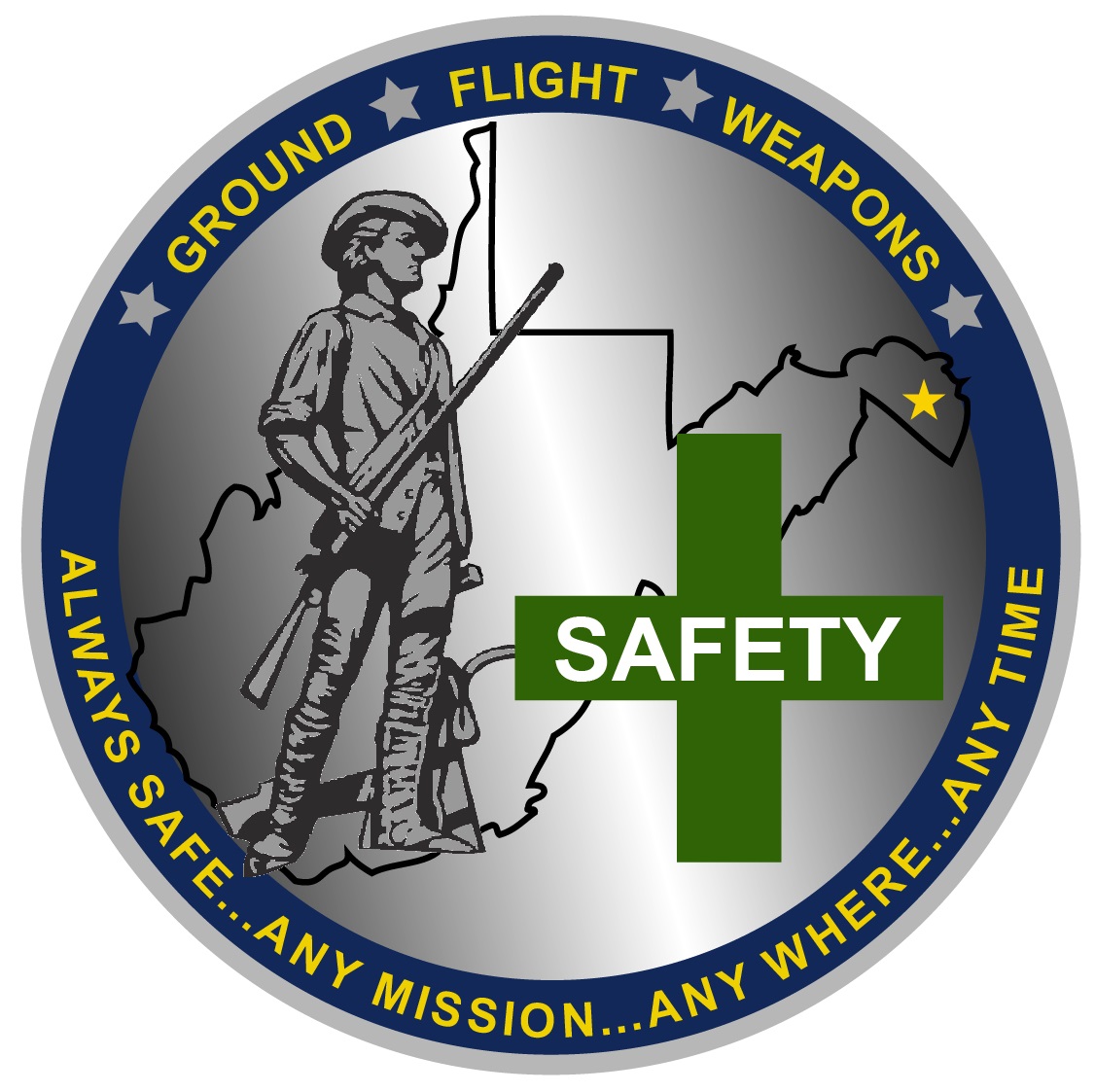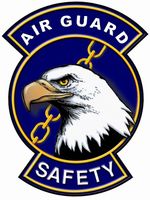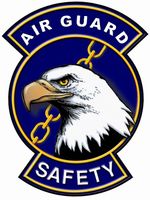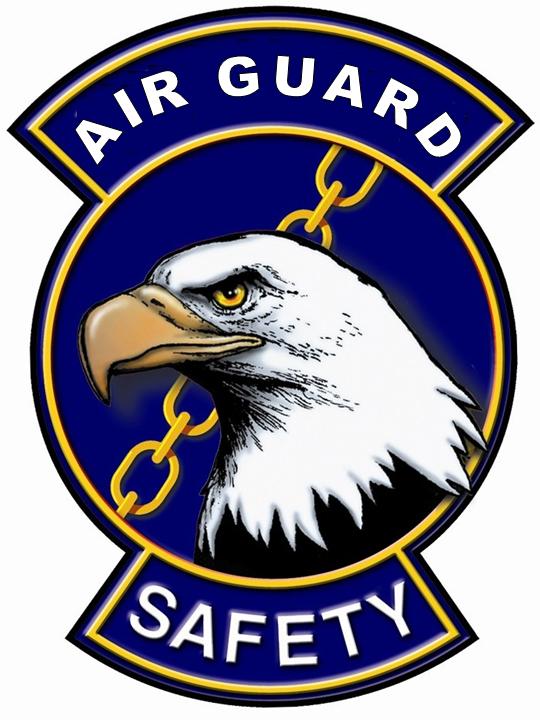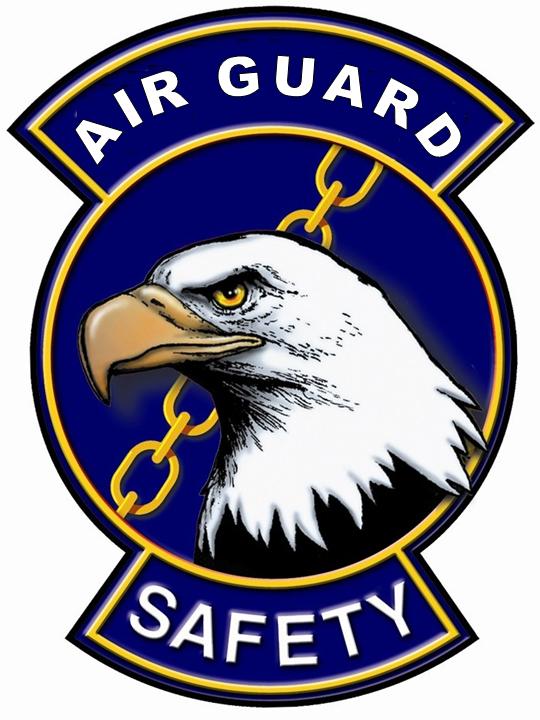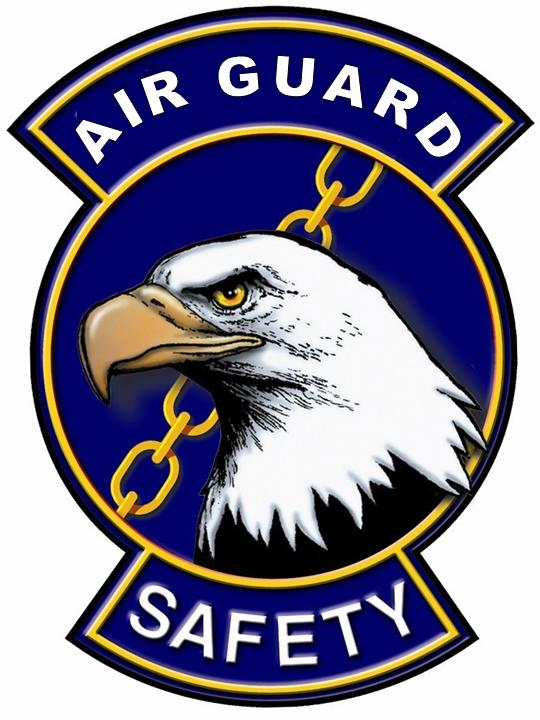Information
-
Document No.
-
Audit Title
-
Client / Site
-
Conducted on
-
Prepared by
-
Location
-
Personnel
25.21. Civil Engineering Checklist.
-
25.21.1. Are lines completely drained of existing air prior to opening compressed air lines and are<br>new lines completely secured prior to air entry into the system? Reference 25.6.5
-
25.21.2. Are the front bucket (if so equipped) and outriggers of a backhoe in fully-down positions<br>before digging is attempted? Reference 25.12.1
-
25.21.3. Is the entire area where the backhoe digging arm may swing cleared of personnel?<br>Reference 25.12.1
-
25.21.4. Is backhoe operation under energized lines permitted only when absolutely necessary and<br>are these operations approved by the commander? Reference 25.12.1
-
25.21.5. During travel to and from worksites, is the backhoe completely folded, secured and<br>centered? Reference 25.12.1)
-
25.21.6. During mobile crane operation, is a person appointed to provide signals to the operator?<br>Reference 25.12.2.3.2
-
25.21.7. Before leaving a crane unattended, are all shutdown procedures performed? Reference<br>25.12.2.3.5
-
25.21.8. Are crane load weights determined before lifting? Reference 25.12.2.4.1
-
25.21.9. Are crane outriggers, when required, set before lifting, telescoping the boom or turning a<br>load within the ratings? Reference 25.12.2.4.1
-
25.21.10. Are loads transported on cranes specifically designed for this purpose? Reference<br>25.12.2.4.2
-
25.21.11. Are crane outriggers used, regardless of the load, when the ground is soft or otherwise<br>unstable? Reference 25.12.2.4.12
-
25.21.12. When two or more cranes are used to lift one load, is one person designated as the<br>responsible individual? Reference 25.12.2.4.14
-
25.21.13. Are normal routes for assigned cranes designated and approved by safety? Reference<br>25.12.2.5
-
25.21.14. Are required safety measures such as securing the empty hook, attaching warning flags (as<br>necessary), etc., taken before the crane is moved to a new job site? Reference 25.12.2.5
-
25.21.15. Are all parts of the crane and load restricted within 10 feet of an energized power line? If<br>this is not practical, is the line de-energized and visibly grounded? Reference 25.12.2.7.2
-
25.21.16. Are additional clearances assured for work near lines greater than 50 kV and are they<br>listed on AF Form 103, Base Civil Engineering Work Clearance Request? Reference 25.12.2.7.3
-
25.21.17. Is a permanent sign posted within the crane cab warning of electrical power line dangers<br>and restrictions? Reference 25.12.2.7.4
-
25.21.18. Is an approved fire extinguisher kept in the crane cab? Reference 25.12.2.10
-
25.21.19. Are dump trucks operated within the load capabilities established by the manufacturer and<br>consideration given to the specified weights of the material being carried? Reference 25.12.3
-
25.21.20. If dump truck loads pose a flying debris hazard is the load covered with a tarp or similar<br>covering? Reference 25.12.3
-
25.21.21. Before dumping the vehicle‘s load, do operators check overhead clearance both directly<br>over the vehicle and ahead of it in the direction to be traveled while the body is still raised?<br>Reference 25.12.3
-
25.21.22. Are sweepers operated on airfields in direct contact with control tower or escorted by a<br>vehicle that is? Reference 25.12.7
-
25.21.23. Is a good water supply maintained during concrete saw operations? Reference 25.12.9
-
25.21.24. Are proper lifting techniques used during pavement breaker (jackhammer) operation and<br>transport? Reference 25.12.10
-
25.21.25. Are concrete mixers supported in stable positions prior to operation? Reference 25.12.12
-
25.21.26. Are kettles operated only if FES Flight approval has been obtained? Reference 25.12.14.1
-
25.21.27. Is an appropriate fire extinguisher available near the kettle? Reference 25.12.14.5
-
25.21.28. Are kettles watched closely to ensure the safe heating temperature specified by the product<br>manufacturer is maintained during heating? Reference 25.12.14.6
-
25.21.29. Is material eased into the kettle to prevent splashing? Reference 25.12.14.6
-
25.21.30. Are open flames or other sources of ignition not permitted near material heated to its flash<br>point? Reference 25.12.14.7
-
25.21.31. Are air supply lines marked or tagged to identify the maximum psi on the lines? Reference<br>25.12.17.1
-
25.21.32. Are woodworking machines shut down, locked out and tagged during maintenance?<br>Reference 25.13.2.1
-
25.21.33. When machine guards are removed for authorized maintenance, is the machine locked out<br>and tagged? Reference 25.13.2.1
-
25.21.34. Are industrial ventilation systems installed where machines that develop fine dust or other<br>airborne contaminants are used? Reference 25.13.3.1
-
25.21.35. Do industrial ventilation systems exhaust to an enclosed collection container? Reference<br>25.13.3.3
-
25.21.36. When lumber is stored in tiers, is it stacked, blocked and interlocked? Reference 25.13.4.1
-
25.21.37. When stock cannot be safely handled by hand, is suitable mechanical handling equipment<br>available and used? Reference 25.13.4.2
-
25.21.38. Are roofing materials segregated and stored in stable stacks that are safe from falling?<br>Reference 25.13.5.2
-
25.21.39. Do workers take appropriate fall prevention measures, as required? Reference 25.13.5.4
-
25.21.40. Are tar kettles and pots located so they will not pose a fire hazard during roofing<br>operations? Reference 25.13.5.10
-
25.21.41. Are workers aware of potential hazards associated with use of Portland Cement?<br>(Reference 25.13.6.1) 492 AFI91-203 15 JUNE 2012
-
25.21.42. Are gears, pulleys, chains or belts on power mixers adequately guarded? Reference<br>25.13.6.6
-
25.21.43. Is the power source for electrically operated mixers grounded? Reference 25.13.6.6
-
25.21.44. Are locations of underground utilities identified prior to any excavations? Reference<br>25.13.6.7.1
-
25.21.45. Are operators trained and familiar with operating instructions of torches and furnaces<br>before being permitted to use them? Reference 25.15.4.1.1
-
25.21.46. Are torches and furnaces restricted from use where flammable or explosive environments<br>may be present? Reference 25.15.4.1.2
-
25.21.47. Is the use of gasoline torches and furnaces prohibited in small, unventilated spaces?<br>Reference 25.15.4.1.3
-
25.21.48. Are appropriate fire extinguishers available as required during torch and furnace<br>operations? Reference 25.15.4.1.5
-
25.21.49. Are electric soldering irons grounded unless double insulated? Reference 25.15.4.2.3
-
25.21.50. Are soldering irons placed in suitable non-combustible receptacles when not in use?<br>Reference 25.15.4.2.3
-
25.21.51. Are industrial waste manholes treated as confined spaces and appropriate safety measures<br>taken prior to entry? Reference 25.15.5
-
25.21.52. Are proper pry bar tools, special lifting tools, and additional help used when lifting<br>manhole covers as necessary? Reference 25.15.6.1
-
25.21.53. Are tools used to repair leaks or perform maintenance on gas lines spark-free and is<br>clothing static-free? Reference 25.15.7
-
25.21.54. Are atmospheric conditions tested prior to entry into tunnels, pits and sumps? Reference<br>25.15.8.1
-
25.21.55. Are tunnels, pits, and sumps (which are known to be contaminated) tagged or identified<br>for information of work crews? Reference 25.15.8.1
-
25.21.56. Is a second person available to provide emergency assistance (without entry) for persons<br>entering a confined space manhole or vault? Reference 25.15.8.3
-
25.21.57. Is all gas piping guarded or shielded to protect workers from accidental contact? Reference<br>25.16.2.1
-
25.21.58. Are all equipment room belts, pulleys and rotating shafts adequately guarded? Reference<br>25.16.2.2
-
25.21.59. Are compressed gas cylinders adequately stored and handled? Reference 25.16.3
-
25.21.60. Are written operating procedures and detailed checklists for operator guidance posted in<br>all equipment rooms with boilers? Reference 25.17.1
-
25.21.61. Are purge procedures with necessary interlocks developed for normal boiler start-up and<br>on-line operations? Reference 25.17.1.2
-
25.21.62. Is water in boilers maintained at proper levels and checked as required? Reference<br>25.17.2.1
-
25.21.63. Are water columns monitored to ensure connections are clear and water returns to proper<br>levels when drain valves are closed? Reference 25.17.2.1
-
25.21.64. Are appropriate actions taken when water is not visible in the gauge glass? Reference<br>25.17.2.1
-
25.21.65. Are furnace boilers and breaching ventilated prior to lighting? Reference 25.17.2.2
-
25.21.66. Are boilers, flame safeguard supervisory systems and other safety controls inspected<br>during scheduled shutdowns (at least annually) by authorized inspectors? Reference 25.17.3.3
-
25.21.67. Are all 4-inch and larger steam valves or main steam valves operated only by authorized<br>personnel? Reference 25.17.4.1
-
25.21.68. Are high-pressure steam valves in enclosed areas or confined spaces prevented from<br>releasing steam through the use of a double block and bleed or similar system? Reference 25.17.4.2)
-
25.21.69. Are drain valves opened and water removed from steam lines prior to opening highpressure<br>steam valves? Reference 25.17.4.5
-
25.21.70. Is pressure relieved through all possible means prior to dismantling a valve? Reference<br>25.17.4.8
-
25.21.71. Are all vaults, manholes, and tanks considered confined spaces and proper precautions<br>taken, e.g., atmospheric testing, use of respirators, etc., prior to entry or otherwise proven not<br>hazardous? Reference 25.17.5.1
-
25.21.72. Are all boilers equipped with steam and water gauges, gauge cocks, safety and blowoff<br>valves and low water cutoff devices? Reference 25.17.6.1.1
-
25.21.73. Are boiler feedlines equipped with check and cutoff valves? Reference 25.17.6.1.1
-
25.21.74. Are water gauge glasses located less than 15 feet from the floor or tender's platform<br>carefully guarded? Reference 25.17.6.1.1
-
25.21.75. Are pressure gauges inspected and tested every 12 months? Reference 25.17.6.1.1
-
25.21.76. Are safety valves for boilers tested at the frequencies and by the methods prescribed in the<br>National Board Inspection Code? Reference 25.17.6.1.1
-
25.21.77. Are safety and blowoff valve discharge pipes located where discharge will not create a<br>hazard? Reference 25.17.6.1.4
-
25.21.78. Are discharge lines from hot water heater relief valves arranged with the outlet within six<br>(6) inches of the floor, and not threaded, capped or plugged? Reference 25.17.6.1.4 494
-
25.21.79. Are boilers operated at pressures within manufacturer‘s stamped instructions or at<br>pressures determined by the most recent boiler inspection, whichever is lower? Reference<br>25.17.6.1.5
-
25.21.80. Are hoistways, machinery, conveyors, gears, ash sluices, and reciprocating pumps<br>properly guarded? Reference 25.17.6.1.14
-
25.21.81. Are all boiler furnaces operating at 30,000,000 BTU per hour or more staffed at all times?<br>Reference 25.17.6.2
-
25.21.82. Are all eyewash units and emergency showers operable and inspected? Reference<br>25.17.6.3.4.3
-
25.21.83. Are all chemicals stored properly? Reference 25.17.6.3.5.1 – 25.17.6.3.6.3
-
25.21.84. Are railroad coal cars posted with signs as required? Reference 25.17.6.4.3
-
25.21.85. Is there a qualified brakeman, other than coal-handling personnel, working with the crane<br>or switch engine? Reference 25.17.6.4.5
-
25.21.86. Are safety precautions established and followed whenever coal storage facilities are<br>entered? Reference 25.17.6.5.2
-
25.21.87. Are relief valves installed after pumps on fuel pumping lines? Reference 25.17.6.6.3
-
25.21.88. Are required procedures and methods used in all areas addressed in this chapter when<br>entering system components that can be classified as confined spaces? Reference 25.18.1
-
25.21.89. Are chemical treatment rooms that are identified as potential IDLH areas equipped with a<br>telephone located outside the IDLH area, or are other means of communication used? Reference<br>25.18.1.7
-
25.21.90. Are mechanical exhaust systems in chemical treatment rooms turned on prior to entry?<br>Reference 25.18.1.7
-
25.21.91. At shredding and grinding stations, is power turned off and locked out before servicing?<br>Reference 25.18.3.2.2
-
25.21.92. Are guards and screens in place at shredding and grinding stations? Reference 25.18.3.2.3
-
25.21.93. Are approved life vests and lifelines located around sedimentation basins? Reference<br>25.18.3.6.5
-
25.21.94. Are guards provided around moving parts of clarifiers? Reference 25.18.3.6.7
-
25.21.95. Are guardrails in place for work areas and walkways around aeration tanks? Reference<br>25.18.3.13.1
-
25.21.96. Are approved life vests with lifelines located at appropriate points around aerator rails?<br>Reference 25.18.3.13.2
-
25.21.97. Are life vests available and worn when working in a boat or raft on stabilization ponds?<br>Reference 25.18.3.14.3
-
25.21.98. Are laboratories clean and chemicals stored properly? Reference 25.18.5.2
-
25.21.99. Is all electrical equipment properly grounded in laboratories? Reference 25.18.5.4.4
-
25.21.100. Is good housekeeping maintained in all AAS operations and maintenance areas?<br>Reference 25.19.2.1
-
25.21.101. Are flammable and combustible liquids stored, used and handled IAW Chapter 22,<br>Flammables and Combustibles? Reference 25.19.2.3
-
25.21.102. When using compressed air for cleaning is air pressure less than 30 psi and is required<br>PPE used? Reference 25.19.2.4.1
-
25.21.103. When working on active runways, is continuous communication maintained with the<br>tower and operations? Reference 25.19.2.9.2
-
25.21.104. Are facilities housing the AAS evacuated to proper distances prior to aircraft<br>engagement? Reference 25.19.3.1
-
25.21.105. Are the minimum number of operators available IAW applicable TOs? Reference<br>25.19.3.5






